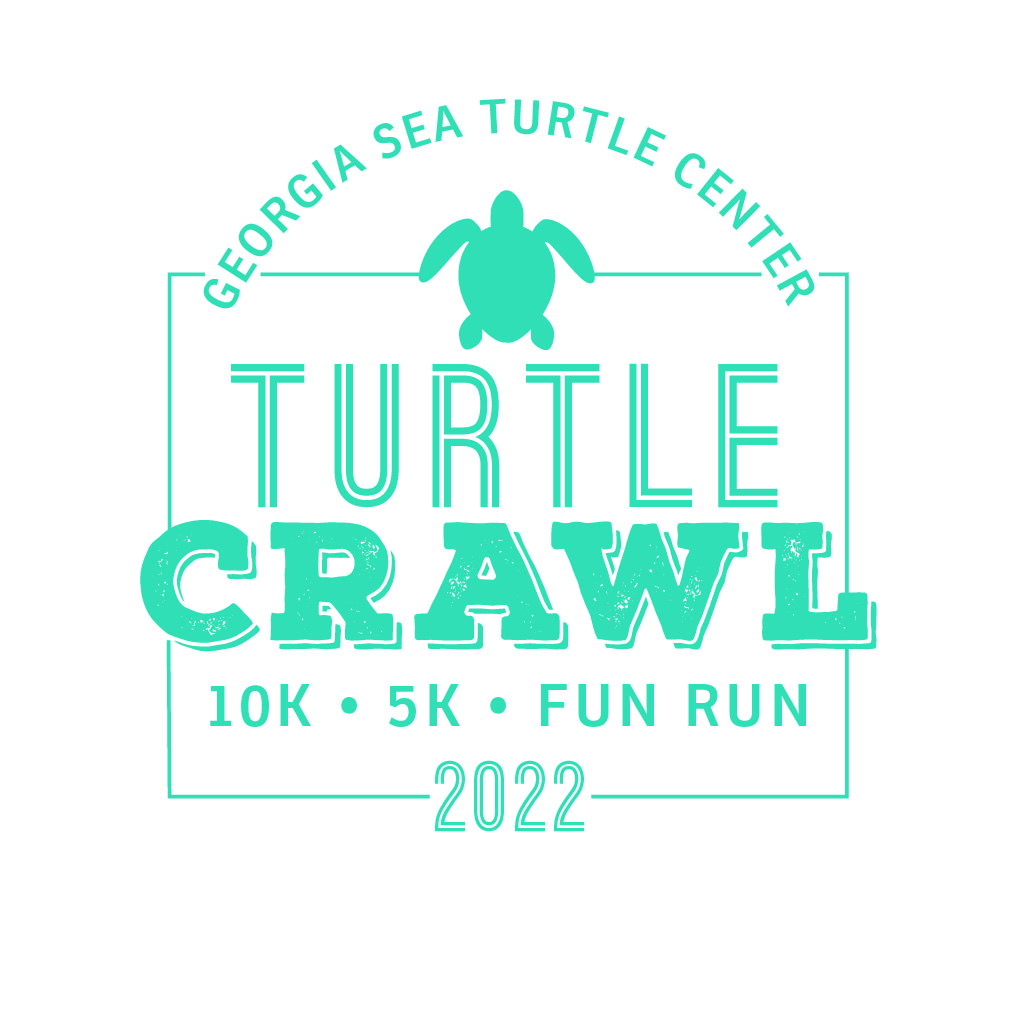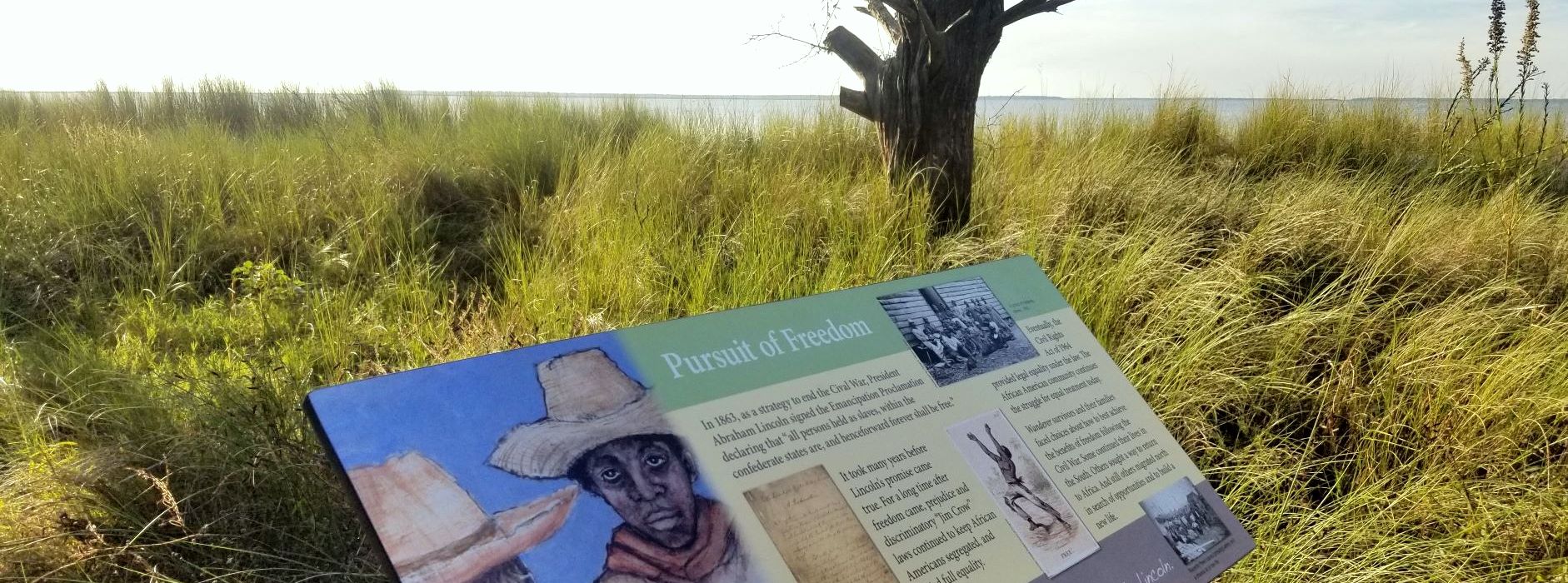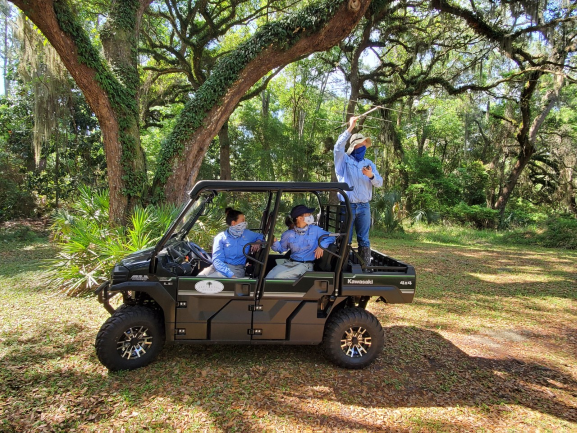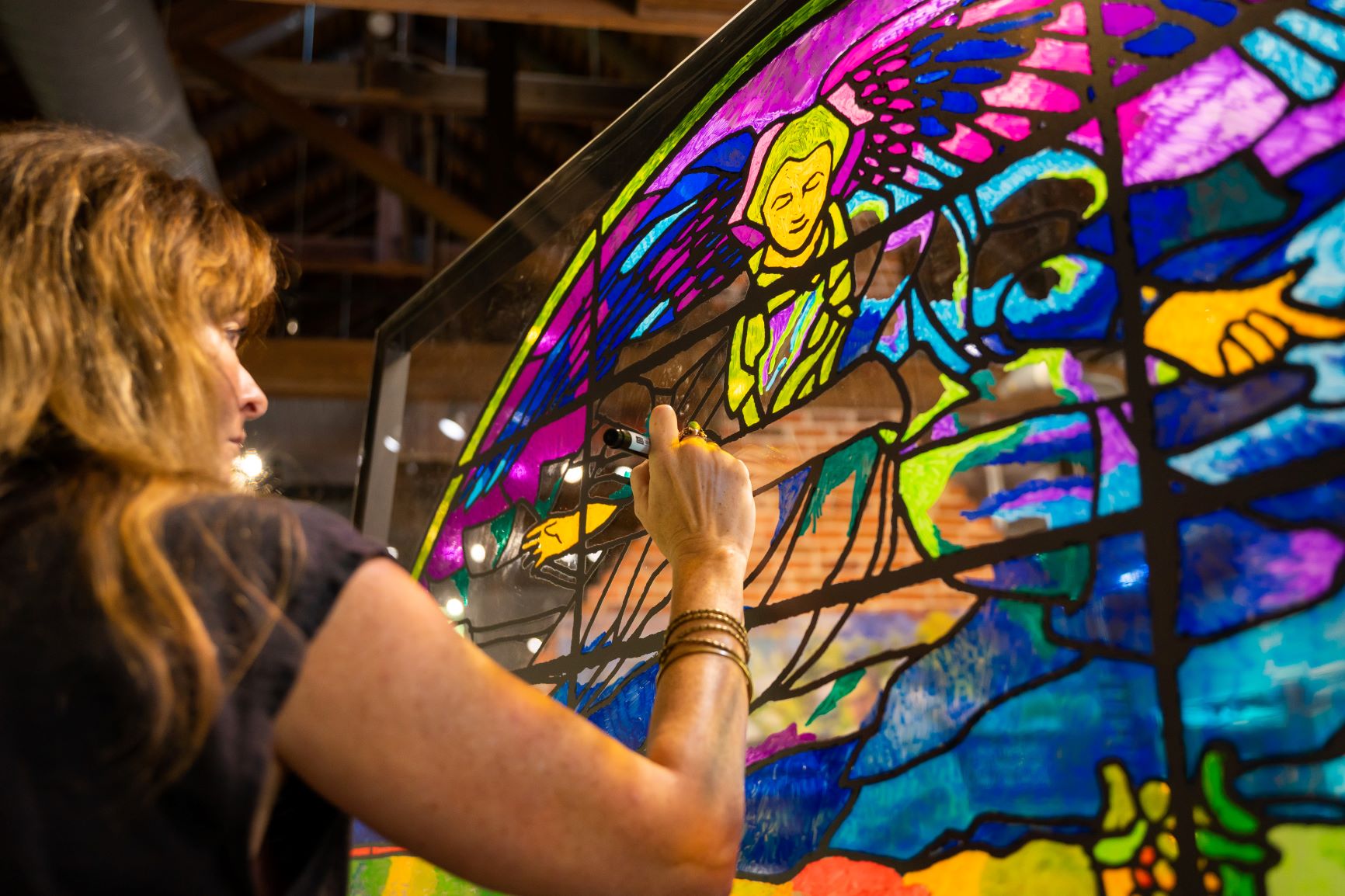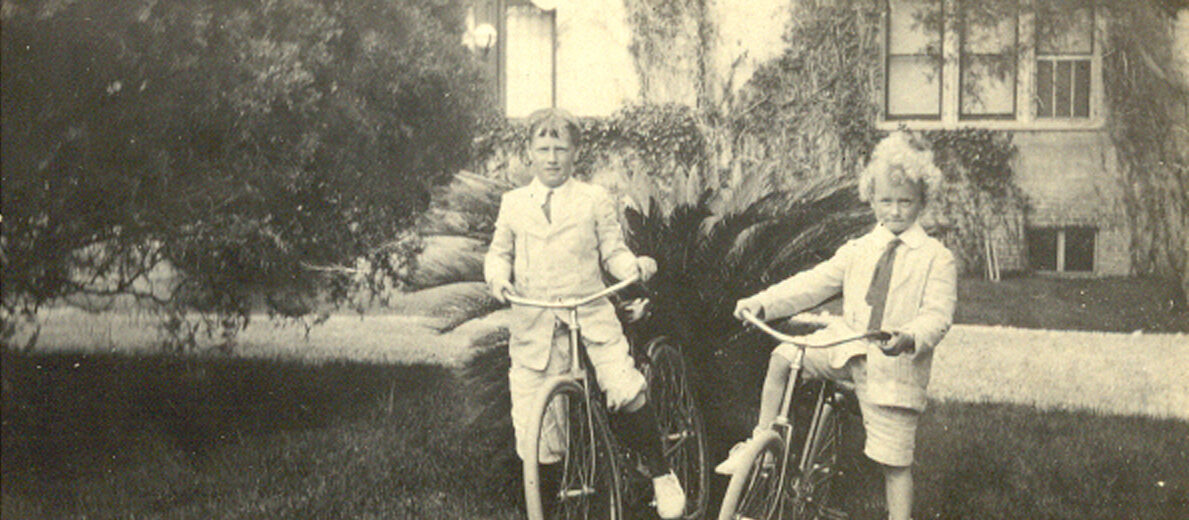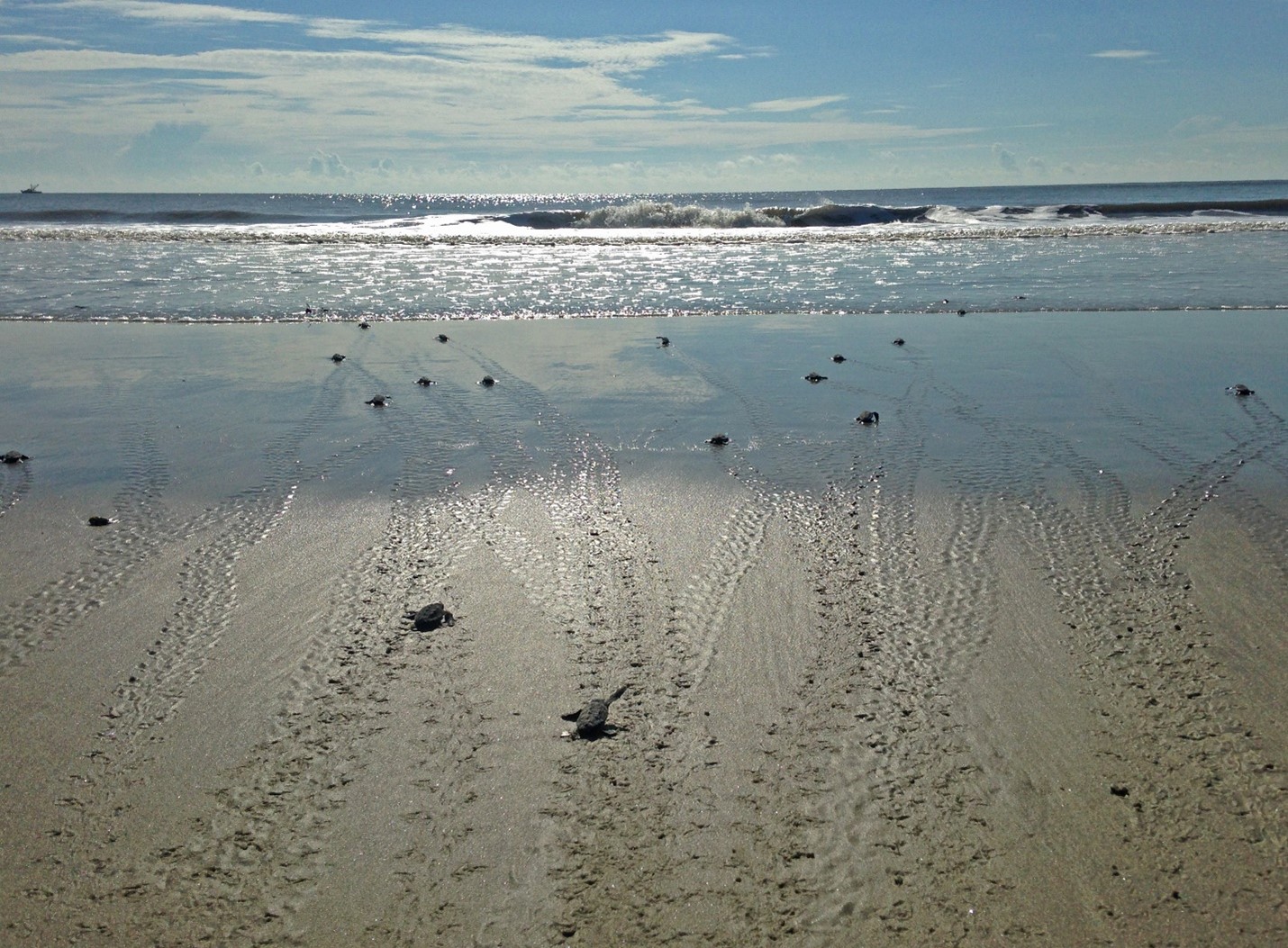By
Andrea Marroquin, JIA Museum Curator
At Mosaic, Jekyll Island Museum, a listening station in the museum gallery gives voice to people who were held in captivity on Jekyll Island during the 1800s. Listen to these moving accounts from the past, in remembrance of Jekyll Island’s enslaved community. Personal testimonies, based on historic letters, newspaper articles, and oral histories, detail real-life experiences of slavery from Jekyll Island’s plantation past.
Among the accounts are stories of enslaved men, women, and children, like Umwalla, brought to Jekyll Island aboard the slave ship Wanderer in 1858. Born in Guinea, West Africa, Umwalla was kidnapped at ten years old, trapped aboard the Wanderer, and sold into slavery in America. In 1888, he described his capture, voyage aboard the slave ship, life in slavery, and memories of home.
Today, the Wanderer Memory Trail at the south end of Jekyll Island follows in Umwalla’s footsteps, sharing the story of survivors of the slave ship Wanderer. The trail is located at the St. Andrews Picnic Area, along the banks of the Jekyll River, where the ship illegally came ashore in 1858 with approximately 407 enslaved Africans.
Made up of a series of interactive, self-guided exhibit stations, the Wanderer Memory Trail follows Umwalla’s journey, from Africa to Georgia and from slavery to freedom. Stations along the trail represent the experiences of the Wanderer Survivors, including their transatlantic voyage, sale into slavery, pursuit of freedom, and lasting legacy of cherished cultural contributions.
The Wanderer Memory Trail marks a site of memory associated with the UNESCO Slave Route project. This project endeavors to protect and promote the important contributions made by African Americans to the historical and cultural heritage in those areas where the captive Africans arrived.
To learn more about Black History on Jekyll Island or to read The Water and the Blood from 31•81, The Magazine of Jekyll Island: Vol. 3 No. 1, click HERE.
Related Content:
